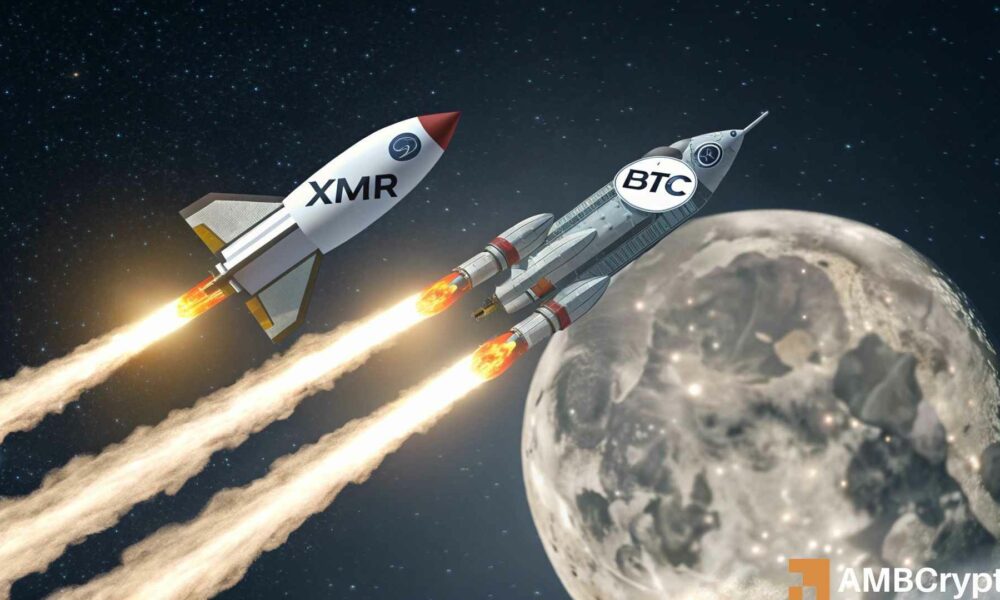In this fast-evolving era of digital currencies, Bitcoin, known as "digital gold," undoubtedly captivates the attention of countless investors. But did you know that behind this phenomenon lies a vast and intricate mining network? Mining is not just the process of generating Bitcoin; it is foundational to transaction verification and network security. Today, let's peel back the layers of Bitcoin mining to delve into the interrelated concepts of mining, hashrate, and mining machines. Whether you’re a novice just stepping into the crypto world or a seasoned player, there’s valuable insight to gain here.
What is Bitcoin Mining?
Bitcoin mining is the process aimed at validating transactions by solving complex mathematical problems through computers. Simply put, mining is a competitive mechanism where miners race to earn rewards from newly created blocks, consisting of freshly minted Bitcoin along with transaction fees.

So how does mining work? When a Bitcoin user makes a transaction, it gets bundled into a block, and miners must perform extensive calculations to add this block to the blockchain. During this process, miners continuously attempt random numbers (a key to adjusting mining difficulty) to find hash values meeting specific conditions—a task that is both highly complex and energy-intensive.
The Concept of Hashrate
Before understanding mining, it's essential to grasp the concept of "hashrate." Hashrate essentially denotes the computational power of a mining machine during the mining process, usually measured in terms of hashes per second (like H/s, KH/s, MH/s, etc.).

The stronger the hashrate, the higher the probability a miner has to find new blocks; thus, hashrate is a critical factor for mining success. As more miners join the fray, total hashrate increases, resulting in a corresponding adjustment to the mining difficulty. This forms a part of Bitcoin's self-regulating mechanism, ensuring that approximately one block is created every 10 minutes.
Types of Mining Machines
Mining machines are essential hardware for mining. Currently, there are two primary types of mining machines: CPU, GPU, and ASIC miners.
CPU (Central Processing Unit) Miners: In the early days of Bitcoin mining, many miners used personal computers equipped with CPUs for mining. However, as mining difficulty rose, CPU mining quickly became insufficient.
GPU (Graphics Processing Unit) Miners: Given GPUs' advantages in parallel computation, many miners transitioned to graphics cards, especially for mining Ethereum. Yet, as difficulty increased, GPU mining also became less economical.
ASIC (Application-Specific Integrated Circuit) Miners: ASIC miners, designed specifically for Bitcoin mining, have become the dominant choice among today's miners for their high efficiency and low power consumption. These devices are tailored for specific algorithms, providing vastly superior hashrate compared to CPUs and GPUs, greatly improving both efficiency and cost-effectiveness.

The Economics of Mining
Participating in Bitcoin mining isn’t a simple endeavor; miners must invest considerable funds in mining hardware and bear electricity costs. With Bitcoin price fluctuations, mining profitability can significantly vary. For instance, when Bitcoin prices rise, mining profitability increases; conversely, when prices drop, many miners may suffer losses. Therefore, some miners will flexibly adjust their mining strategies based on market conditions, including optimal times to power on/off their devices, selecting mining pools, or mining independently.
Additionally, mining pools have become a popular option for many small-scale miners. A mining pool comprises multiple miners who combine their computational power to increase the likelihood of finding new blocks. Participants share the rewards in relation to their contributed hashrate, which considerably reduces the risks for smaller miners.
Conclusion
Within the Bitcoin ecosystem, mining, hashrate, and mining machines are deeply interconnected. By understanding these concepts, you can better assess timing and strategy for investing in Bitcoin. Whether you join a mining pool or invest in high-performance ASIC miners, choosing the right mining strategy is crucial. We hope this discussion helps you navigate the opportunities and challenges in the crypto space, unraveling the mysteries of mining and embarking on your Bitcoin investment journey!














No comments yet